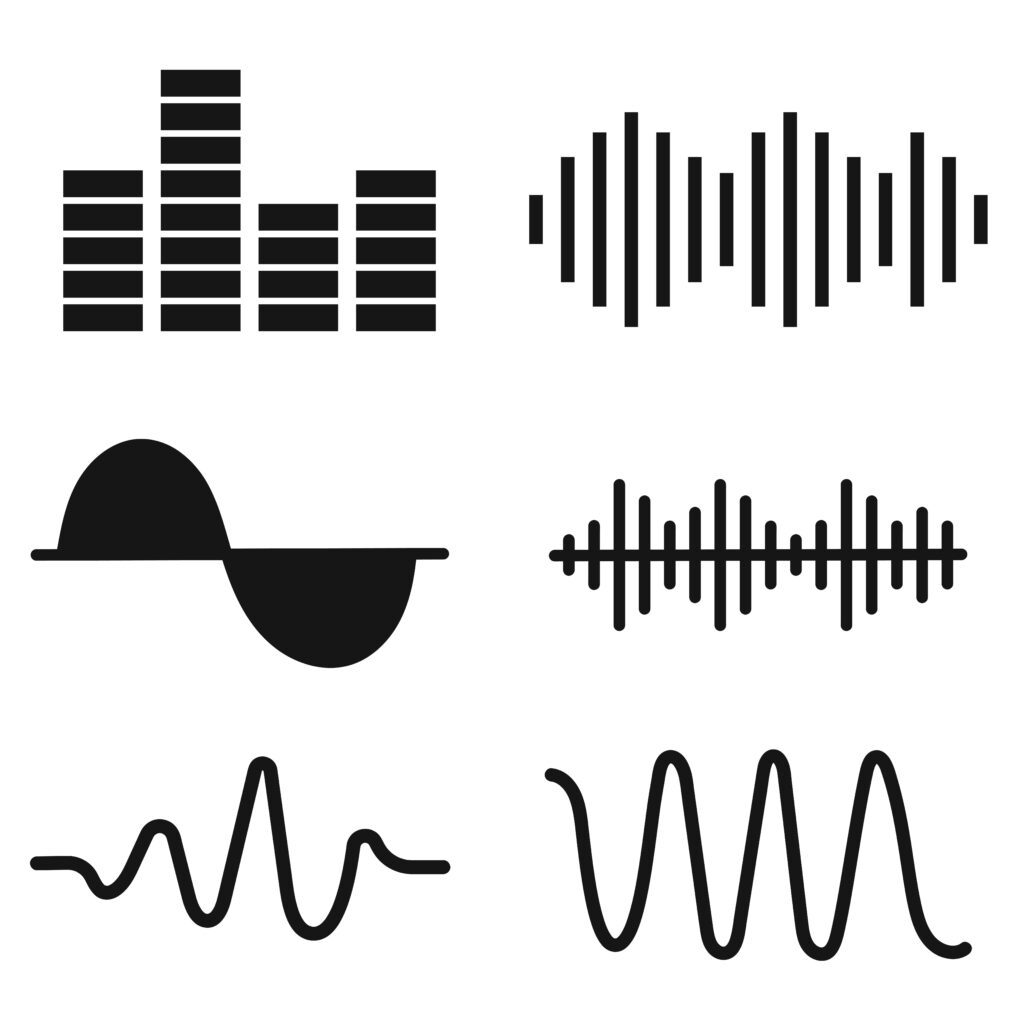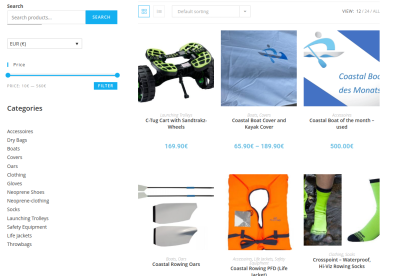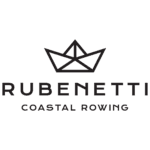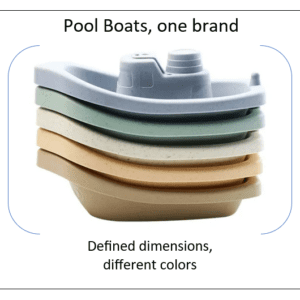When testing Coastal boats, it’s consistently noticeable how varied the boats “sound,” whether in the water, on land, or when tapping the hull. The audible range spans from “cheap material” to “wow, extremely high-quality.” So, how does your coastal boat sound?
Where do these sound differences originate, what does my Coastal boat sound like, and what do they reveal about the quality of Coastal boats? The diverse sounds and sonic characteristics of GRP Glasfiber and carbon boat hulls stem from the physical and acoustic properties of the materials and their manufacturing process. Here are the primary reasons and maybe ansers to your question: How does my coastal boat sound.
1. Different Material Properties: Stiffness and Elasticity
Carbon fibers are significantly stiffer than glass fibers. Your boat will flex less under pressure. This stiffness results in a harder, higher, and clearer sound, as less energy is absorbed by the material deforming. Additionally, carbon boats have a lower density/mass. Fewer sound waves are dampened. Glass fibers are less stiff, causing the hull to absorb more vibrations and produce a duller, softer sound. The higher density of GRP (glass-fiber reinforced plastic) compared to carbon leads to a deeper resonance and produces a deep tone.
2. Resonance Behavior and Damping Properties
Carbon boats resonate at higher frequencies because the material is stiffer. The sound is crisp and sharp. In contrast, GFK resonates at lower frequencies due to its flexibility. This results in a deeper, hollower sound. The sound appears less metallic.
3. Laminate Structure: Thin and Stiff Produces High Tones
Carbon hulls are mostly found in high-end boats: They are often thinner because the material is very strong and requires fewer layers. The thin construction amplifies the bright sound. They are often used in sandwich construction with very stiff cores (e.g., EPS or honeycomb structures), which makes the sound harder and clearer. GRP boats usually have more layers and are thicker, which makes the sound duller. But the boat is also heavier. GRP sandwich cores (often Lantor sandwich structures or softer foams) are less stiff, making the sound softer.

4. How Does My Coastal Boat Sound: Manufacturing and Construction
Coastal boats are typically manufactured with precision, as they are intended for high-end and performance applications. In many cases, they are produced in small series or as individual pieces. This results in fewer irregularities that could affect the sound. Good examples are brands like Rubenetti Single or Kanghua Carbon Solos. GRP boats are often designed for the mass market and medium-sized production runs, and are also more affordable. With these boats, we frequently see irregularities in the laminate structure, as well as air inclusions or excess resin. Air in the laminate and excess (resin) mass additionally cause the sound to be duller or more uneven. However, this doesn’t automatically mean that every boat with a deep sound is poorly made.
5. Purpose and Design Details
Another point to consider is the intended use of the boats. Both boat materials are suitable for various applications, such as recreational and racing. Carbon boats are often used for racing or performance boats where lightweight construction and stiffness are crucial. The thin, solid walls create a specific sound. GRP boats are often, but not exclusively, used for recreational and fitness boats where robustness is a priority. The construction is heavier and less resonant.
Question or Conclusion: How important is the sound of your boat?
Yes, it can be important. On the one hand, it’s about your individual rowing experience. The sound of a boat definitely influences your rowing feeling. Dull sounds, deep tones often give a feeling of comfort, safety, and stability. A high pitch is more associated with sportiness, agility, and fitness. Yes, when buying a used boat. By tapping on the hull, you can potentially identify damage, such as delaminated gelcoat, air inclusions in the sandwich, or cracks. Try it out. Tap on different boat hulls, preferably at the bow or under the sliding seat. You’re guaranteed to hear the difference. The different sound characteristics of GRP and carbon boat hulls are due to the production concept and the spirit of the boatbuilder. They are the result of a complex interplay of various factors.
To repeat: In summary, the sound of a boat is influenced by a combination of factors, including the materials used, the construction process, and the intended purpose of the boat. High-end, carbon fiber boats generally produce a clearer and crisper sound compared to GRP boats, which tend to have a duller sound.







